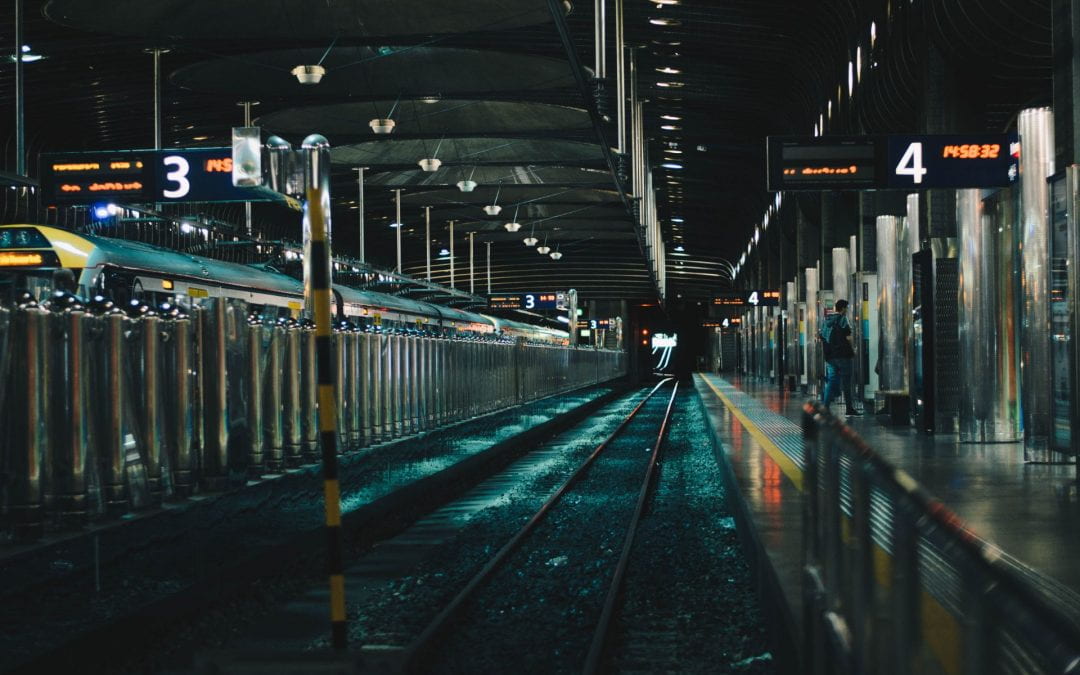We have to bridge the gulf between suburban front doors and cheap public transport if we want more people on buses and trains. Timothy Welch looks at how.
The Government has extended half-price public transport fares until 2023 – excellent news for many who use it for regular commutes and other trips. Auckland is frequently cited as one of the world’s most expensive cities for public transportation fares.
While public transport offers a great solution to myriad urban problems, including pollution, congestion, parking, and the high cost of car ownership, its full potential in low-density suburbs remains unrealised. This is because of the growing distance between people’s homes and points of public transit as our suburbs expand, making it harder to get to the train station or bus stop efficiently.
This challenge is commonly called the first mile-last mile problem. In other words, if public transport is located too far from home (typically 1km or more) or the cost to get to the station is too high, riders will either drive to the transit point or forego public transport altogether. Even the half-price scheme will capture only a subset of potential riders without good access to rail and bus stations.
In the suburbs, there is greater need for another mode of transportation to bridge the gap between households and access to public transport. Suburban residents who choose to take public transport must traverse distances often too far to walk. The solution for this is often a car trip. In Auckland, about 40 percent of rail stations have free parking. The demand for parking is apparent, as these car parks are routinely filled early in the morning, heeding frequent calls for more parking.
For many, driving to a rail station feels like a sustainable solution; commuters minimise personal vehicle use and support public transportation.
However, every short car trip brings a hidden cost. Car trips to and from public transport are among the highest polluting vehicle trips. Often, these trips by car are short distances (under 5km), begin with a cold engine and are at slower speeds – all of which equate to higher rates of pollutants and greenhouse gas emissions.
The local impact of fossil-fuelled car driving is easily underestimated, as we tend to focus on the larger global effects of tailpipe emissions. However, the nearby implications of driving on our health, and the health of others, can be significant. Recent studies have shown that traffic noise is linked to higher rates of dementia, while vehicle exhaust can cause asthma and, in some cases, even brain damage.
Electric cars may seem like a natural solution, but even they have a number of negative consequences on a global and local scale. EVs are also not immune to crashes, which tend to occur more on roads closer to an individual’s home.
Our suburbs require a different transport mode to solve the first mile-last mile problem. Traditional bikes and micromobility, or shared small e-vehicles that include e-bikes, e-cargo bikes, and e-scooters are the answer. Even in hilly Auckland, cycling can easily replace car trips under about 3km, and e-bikes and e-scooters could replace trips over 3km.
One barrier to wide-scale adoption of these modes is availability. For the same reason that public transportation is sparse in the suburbs, so is access to shared micromobility. Vehicles may not be handy at either the start or end of a trip.
We can look to other countries for potential solutions. In the highly car-friendly United States the Swiftmile company has successfully created centralised hubs of readily available scooters and e-bikes. In Europe, large mobility hub networks, or e-HUBS, provide low-cost alternatives to private vehicle ownership. e-HUBS offer large numbers of shared devices in centralised locations as well as residential suburbs. They also provide secure parking and charging facilities. Micro-mobility or e-HUBS could play the same role in Auckland.
Access to micromobility devices in our suburbs may give us more bang for our buck when it comes to reduced transport fares. Using more sustainable transport modes, we have the tools to bridge the gulf between suburban front doors and cheap public transportation. We can employ those tools to make public transport sustainably and affordably available to everyone.
This article was originally published on Newsroom.co.nz on 19th July 2022. The article is republished by Policy Commons with permission.
Dr Timothy F. Welch is a Senior Lecturer in the School of Architecture and Planning at the University of Auckland’s Faculty of Creative Arts and Industries.

